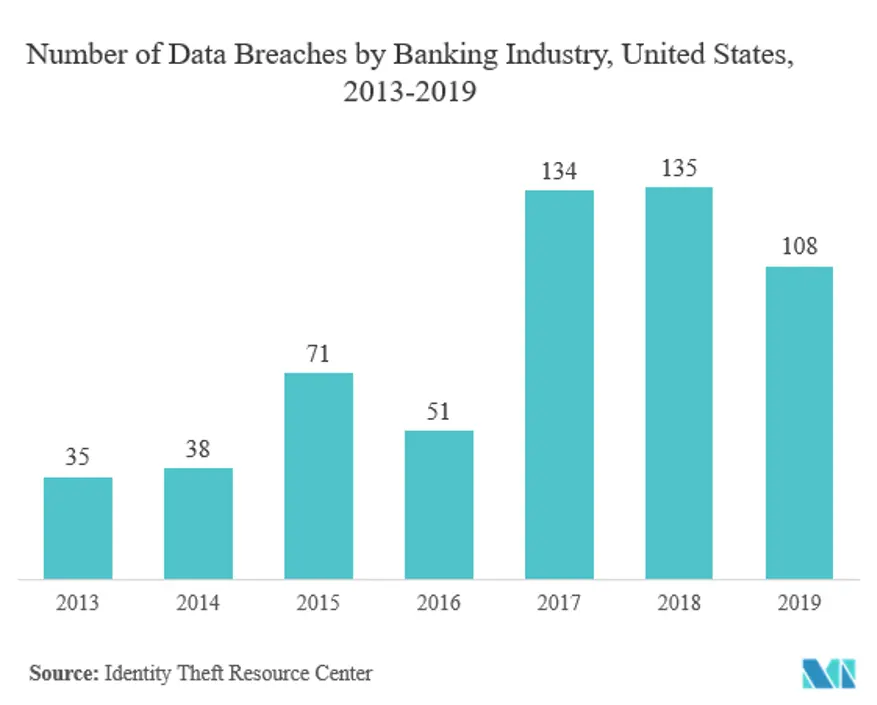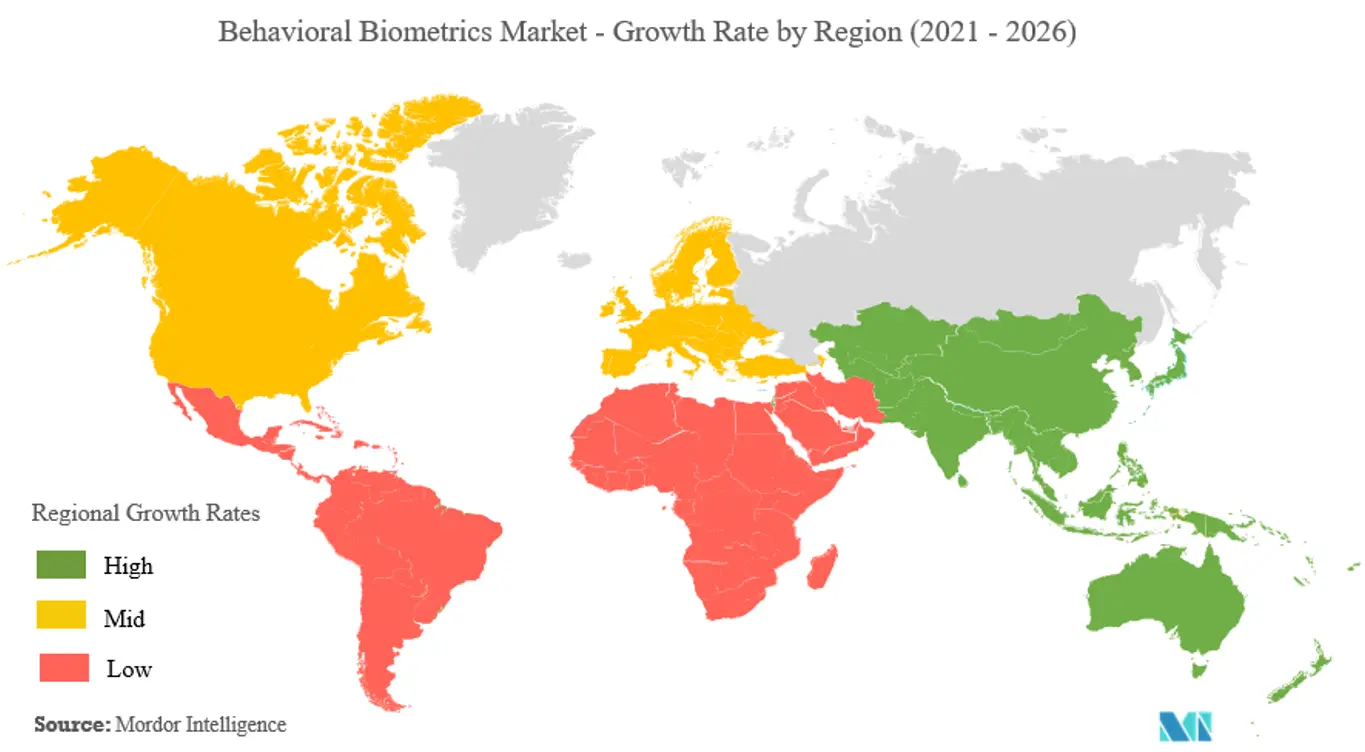Market Trends of Behavioral Biometrics Industry
This section covers the major market trends shaping the Behavioral Biometrics Market according to our research experts:
Increasing Data Breaches in BFSI will Drive the Growth of this Market
- With the increasing fraud and cybercrime, along with improving the customer experience, preventing customers from being exposed to risk has become a top concern of banks' agendas. With new threats emerging almost daily, measures to protect end-users from hacking and fraud have to be delivered without jeopardizing the consumer experience.
- With the rise of fintech start-ups and the imminent PSD2 (Revised Payment Service Directive) regulations set to increase competition in the sector, the customer experience is becoming an increasingly important differential, so a more nuanced approach is necessary.
- A recent study commissioned by Gemalto showed that 44% of consumers would leave their bank in the event of a security breach, and 38% would switch to a competitor offering a better service. It has driven the interest of banks and other financial institutions in using biometric technology for which they are strategically working with partners who have the security and technology expertise to ensure every link in the chain is protected.
- Most of BFSI sectors are implementing this behavioral biometric market to increase the security of their customer's data. In 2019, National Australian Bank(NAB) implemented behavioral biometrics for fraud prevention. Additionally, Wells Fargo Company is working on a payment solution that will make use of the voice of its customers to authenticate transactions and access services. Further, the company is exploring how it can leverage artificial intelligence to make it able to perform conversational banking, much like iPhone's Sir or Amazon's Alexa.
- The Treasury arm, One of the top five banks of the United States, recently deployed Biocatch's behavioral biometric modality, which can able to detect 95% of all malware cases with a false positive rate of less than 0.05%. This increasing adoption rate of behavioral biometric systems is driving the growth of this market.

North America to Hold Highest Share
- Owing to the significant adoption of behavioral biometrics in BFSI and ICT in North America, the region is anticipated to hold a substantial share in the market studied. The area is witnessing an increase in spending on security solutions. In 2019, the United States announced to spend USD 15 billion for cybersecurity, a USD 583.4 million (4.1 %) increase over 2018.
- Cybersecurity Ventures predicts cybercrime would continue rising and cost businesses globally more than USD 6 trillion annually by 2021. The estimate is based on historical cybercrime figures, including recent year-over-year growth, a dramatic increase in the hostile nation state-sponsored, and organized crime gang hacking activities. This would increase cybersecurity spending over the forecast period.
- Furthermore, the government across the region has taken a keen interest in biometric applications. It is aggressively funding multiple research programs and startups to develop advanced behavioral biometrics applications in crucial public sector departments. According to a recent survey by CIRA (Canadian Internet Registration Authority), 71 percent of organizations are suffered from data breach activities in 2019. Additionally, almost 43 % of those organizations were unaware of the mandatory breach requirements of the Personal Information Protection and Electronic Documents Act (PIPEDA). Hence the government campaigns to reduce these cyber thefts will drive the market of behavioral biometrics for this region.


